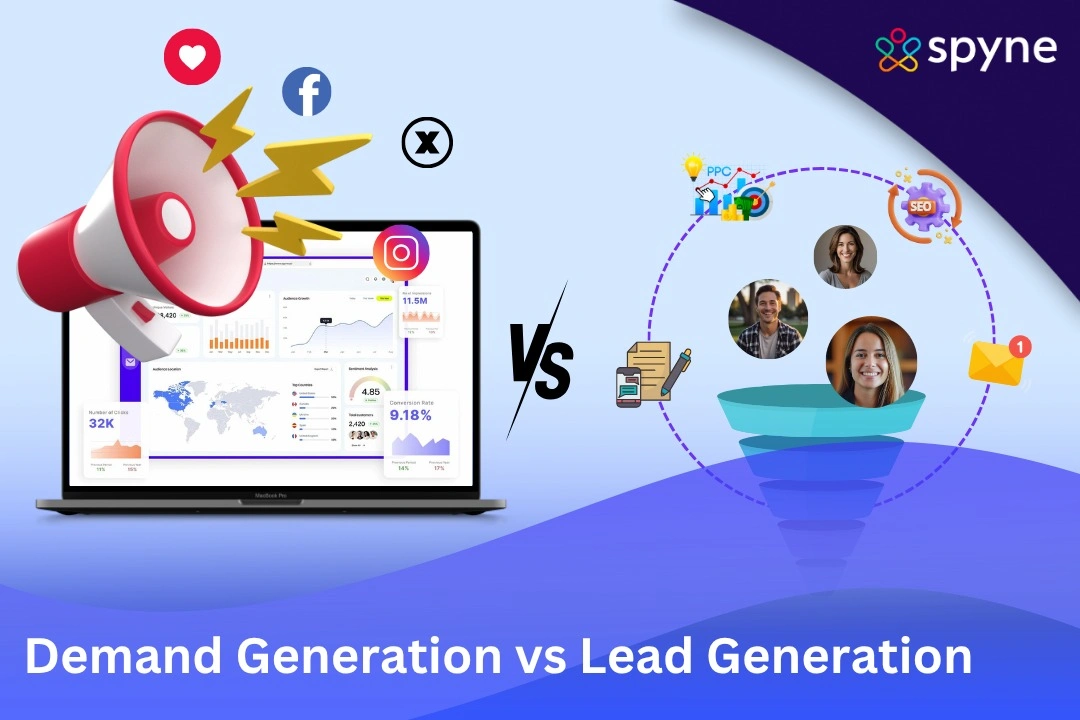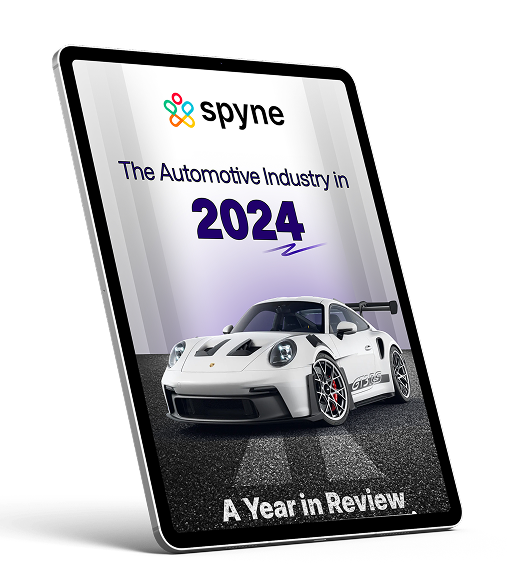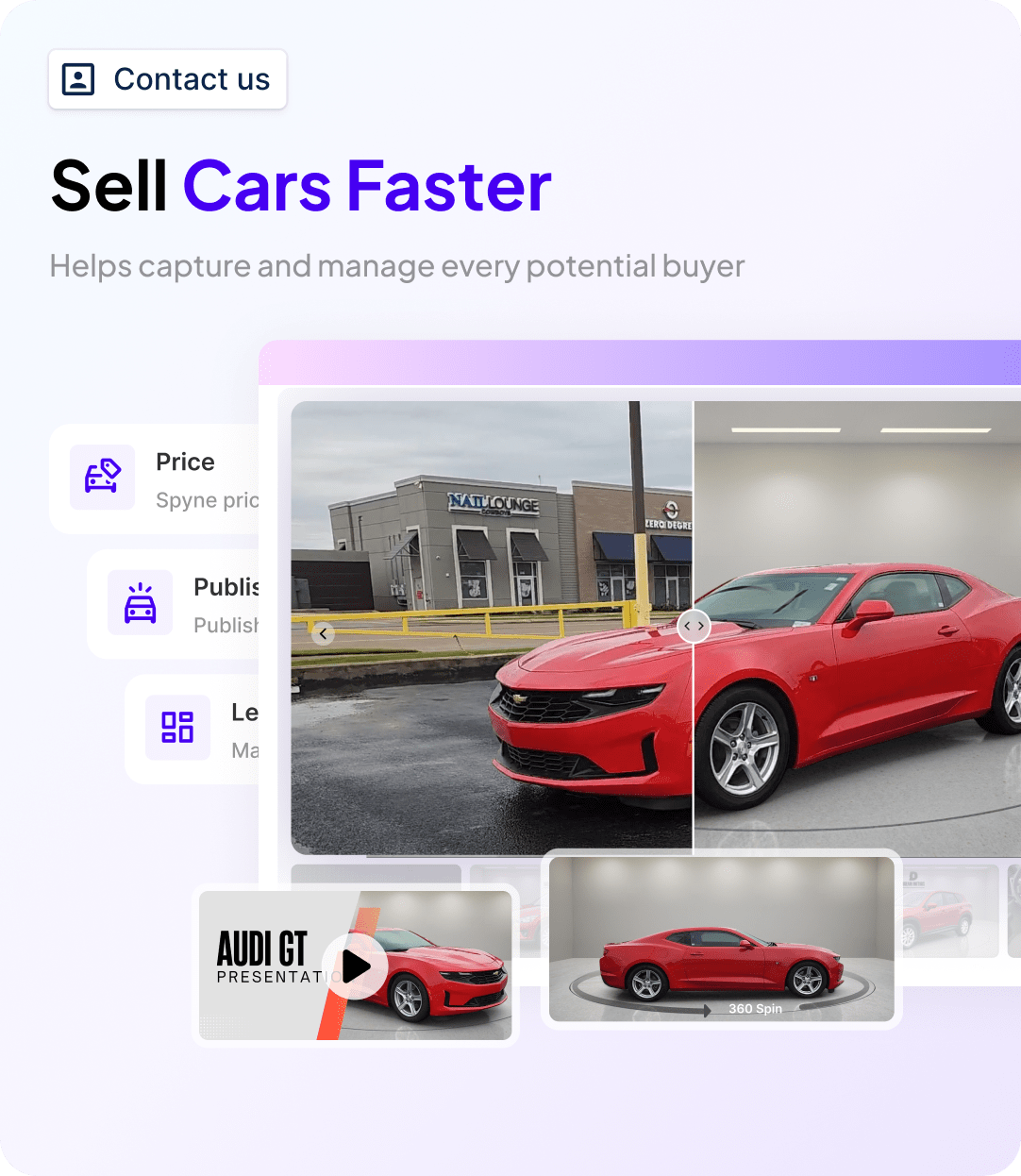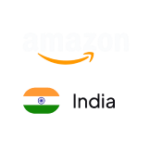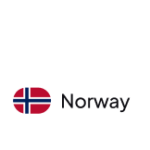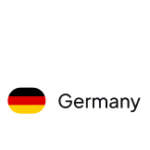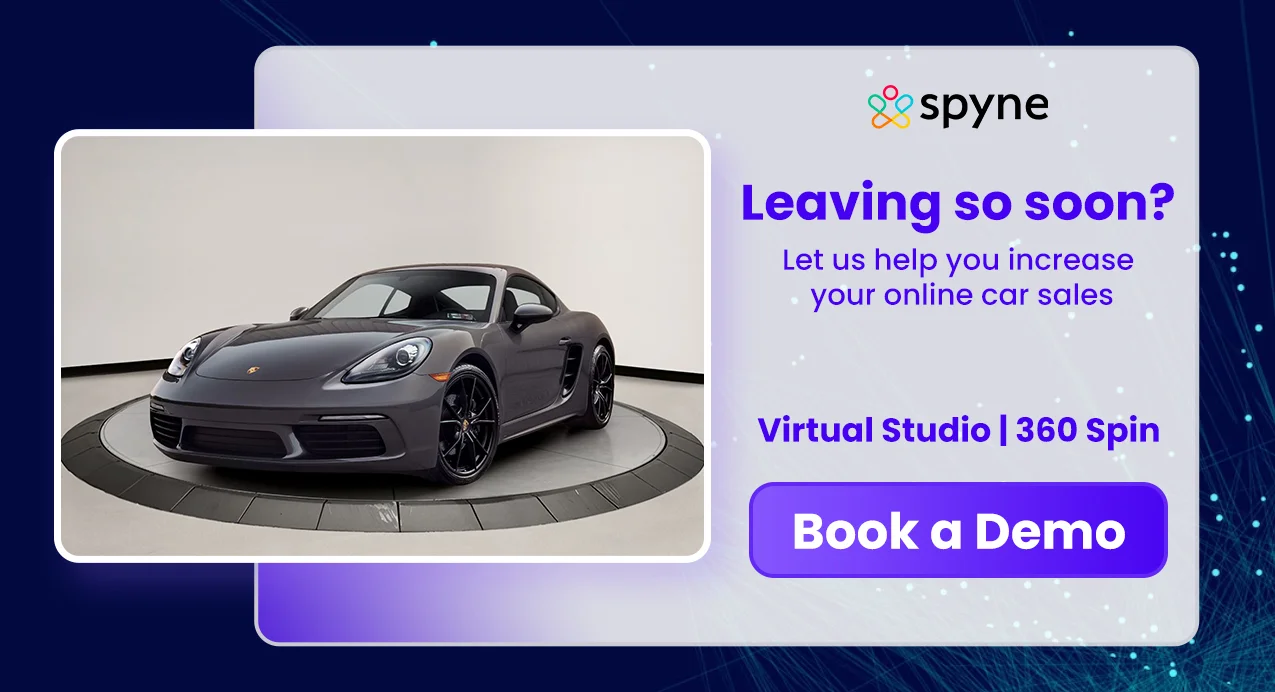People might still think that demand and lead generation mean the same thing. However, they both provide different functions for a business. Understanding demand generation vs lead generation is essential for building a good marketing strategy. These two work together to spark interest and then turn that interest into new opportunities for you. Together, they result in unstoppable growth! This blog will talk about their main differences, goals, and strategies, and how you can optimize your sales pipeline and transform your marketing.
What is Demand Generation?
There can be some confusion when it comes to demand generation vs lead generation, so let’s clear that out first. Demand generation focuses on creating interest in your product or service before capturing leads. It’s a long-term strategy that aims to raise awareness, educate potential customers, and instill trust in your brand. Therefore, demand gen builds the base for lead gen, which is the desire to know more.
This process focuses on identifying customers’ struggles and showing how your product solves them. A strong demand generation strategy boosts visibility, improves brand recall, and increases high-intent traffic over time. Additionally, it often includes organic SEO, social media, educational content, and consistent, automated messaging. While demand generation and lead generation are different, they work well together in the marketing funnel.
In simple terms, demand gen vs lead gen is not a fight for which is better; both are important. However, demand generation works earlier in the customer journey. It encourages curiosity, builds your reputation, and sets the stage for successful lead generation later.
8 Key Goals That Drive Successful Demand Generation
When comparing demand generation vs lead generation, demand generation lays the base. It builds visibility, trust, and interest, long before a potential buyer even shares their contact details.
1. Increase Brand Awareness and Visibility:
In the discussion of demand generation vs lead generation, demand gen makes people aware of your brand. It introduces your product as a solution, even to those who are not searching yet.
2. Educate Your Audience:
Demand generation focuses on helping first. This strategy involves content through blogs, videos, or helpful guides. By doing this, you explain problems and guide people without pushing a sale.
3. Build Trust and Authority:
Demand generation and lead generation work best when your brand can be trusted. Sharing helpful insights shows you’re an expert and makes people trust you more.
4. Generate and Nurture Leads:
While there’s a clear difference between demand generation and lead generation, they still connect. Demand gen builds interest, which helps you get better-quality leads later.
5. Improve Conversion Rates:
When people understand your product early, they’ll probably buy faster. Well-informed leads convert better and with less hesitation.
6. Streamline Marketing and Sales Efforts:
When both teams focus on lead quality, they can work toward one goal: making campaigns smoother and more effective.
7. Re-Engage and Retain Customers:
You can also use demand generation to reconnect with past customers using fresh, relevant content.
8. Create a Predictable Pipeline:
Demand generation helps you promote your brand and get better leads, so your pipeline is always full. This ensures steady growth and smoother planning.
6 Effective Strategies to Boost Demand Generation
Here are the top demand generation strategies that increase brand awareness and customer engagement. By combining SEO content, account-based marketing, social media, and CRM integration, you can generate quality leads and drive business growth.
1. Create Valuable, SEO-Optimized Content:
The best demand generation strategy starts with producing valuable content that helps customers without pushing for immediate conversions. This content builds trust and attracts prospects through organic search.
2. Offer Free, Premium Services or Free Tools:
Let prospects experience how valuable your product is by offering free trials or limited-feature tours. This approach encourages long-term adoption.
3. Use Account-Based Marketing (ABM):
You can target specific high-value users with personalized messages that address their needs. ABM helps align sales and marketing for more focused demand creation.
4. Engage on Social Media Platforms:
Along with demand generation Google Ads, you can advertise on LinkedIn and other channels to share informative content and participate in industry conversations. Social selling builds relationships faster and helps you connect with customers.
5. Integrate CRM and Marketing Automation:
You can connect your marketing efforts with CRM tools and get everything on the same page. Automate campaigns and track prospect behavior for timely and personalized outreach.
6. Use Intent Data to Identify Top Clients:
Analyze your prospects’ online activity to find who’s actively looking for solutions. Then, customize your messaging to their needs to shorten sales cycles and improve lead quality.
What is Lead Generation?
When discussing demand generation vs lead generation, lead gen is also an important part of the sales process. It focuses on identifying potential customers who show interest in your products or services and gathering and storing their contact information. Unlike demand generation, which builds overall awareness and interest, lead generation targets specific individuals to start direct sales conversations. This difference between demand generation and lead generation is important for businesses that want to convert potential customers into sure buyers more efficiently.
Good lead generation uses growth marketing vs demand generation strategies like relevant content, email marketing campaigns, social media marketing, and strategic CTAs to guide prospects through the sales funnel. By qualifying leads based on their actions and likelihood to buy, companies can ensure their sales teams focus on high-quality opportunities. Understanding the relationship between demand generation and lead generation is essential for creating a seamless buyer journey, especially in B2B contexts where gaining long-term interest is the goal.
In demand generation vs lead generation B2B strategies, demand generation builds the foundation by creating awareness, while lead generation captures and converts prospects ready to buy your products.
8 Key Goals That Drive Successful Lead Generation
Lead generation works to build your brand and strengthens connections that turn interest into real sales. Here are 8 key goals that help you attract, qualify, and convert leads more effectively.
1. Build Brand Awareness:
In demand gen vs lead gen, lead generation helps boost your visibility. When more people know about your brand, they engage more, and you get high-intent leads.
2. Identify and Qualify Leads:
The goal is to build a single lead database and decide which prospects have the budget, need, and engagement level to become customers.
3. Convert Demand into Leads:
After building brand awareness, lead generation attracts interest by offering content or CTAs that grab a potential customer’s attention.
4. Understand Customer Needs:
The key difference between demand generation and lead generation is that lead behavior is assessed to show important details about buyer preferences. Doing this helps personalize marketing and improve targeting.
5. Instill Trust and Loyalty:
Effective lead generation fosters and encourages early relationships to grow and helps in long-term customer loyalty.
6. Improve Brand Differentiation:
Demand generation lead generation, and content stress your unique points and highlight what makes you stand out from your competitors.
7. Capture Contact Information:
You can use gated content like eBooks and webinars to generate interest and capture information. Forms are also helpful in collecting data for future engagement and nurturing.
8. Increase Sales Conversions:
The final goal is turning leads into paying customers by guiding them through a focused and personalized buyer journey.
6 Effective Strategies to Boost Lead Generation
In the context of demand generation vs lead generation, these growth marketing strategies will help you attract the right attention and guide your prospects to buy faster. Here are the best ways to make sure interest has results.
1. Create Valuable Lead Magnets:
Your demand generation and lead generation strategies should include lead magnets like ebooks, whitepapers, or free tools your audience can’t resist. Build an email list and follow-up with interested prospects when needed.
2. Use Live Chat & CTAs Everywhere:
Add chat support to answer questions in real time. Place clear CTAs in emails, blogs, and social media posts to nudge leads toward booking demos, signing up, or downloading resources.
3. Simplify Your Lead Gen Forms:
Your forms should be as short as possible. Ask for only important information, as that improves mobile conversions. You can optimize your profiles later using a CRM.
4. Leverage Paid Ads & Remarketing:
Run ads on platforms where your audience is most active. Be proactive on social media or even niche sites to reach a more diverse buyer group. Retarget website visitors with personalized offers to stay in their loop.
5. Collaborate with Ambassadors & Partners:
Growth marketing vs demand generation involves rewarding referrals with exciting offers and partnering with brands that share your audience. Cross-promotion expands your reach and builds trust through more reliable names.
6. Use Video & Interactive Content:
Keep it fresh and exciting! Interactive content always works well. People are more likely to share and act when content feels personal and exciting, so use gamification wherever you can.
Demand Generation vs Lead Generation: Differences that Matter for Sales Strategy
Understanding demand generation vs lead generation is crucial for any business that wants to grow. While these terms are often used together, they impact sales processes differently.
Demand generation builds awareness and interest in your brand and product. Using marketing strategies and trends, it targets a broad audience with informative content like blogs, videos, and social media posts. Doing this helps people become aware of an issue they might have, and using demand gen, your product is presented as the best solution. Demand gen works at the top of the funnel, aiming to attract as many potential customers as possible.
However, lead generation zooms in on people who have already shown interest. These tactics capture their contact information through gated content like website CTAs or sign-up forms. This allows sales teams to follow up and guide those leads through the decision-making process. Lead generation is a bottom-of-the-funnel strategy, more focused on conversion.
So, what is the difference between demand generation and lead generation? The key difference lies in their goals: demand generation is about creating interest and awareness, while lead generation focuses on collecting leads and starting sales leads conversations. Simply put, demand vs. lead generation is a two-step process: first, build interest, then capture leads.
Knowing what is the difference between lead generation and demand generation helps you make strategies that actually have an impact and promote your product as the best one, along with converting customers fast.
How Demand Generation vs Lead Generation Work Together in Marketing
Demand generation vs lead generation isn’t about choosing one over the other. In marketing, it’s important to know that these two work together to make the sales process easier for the buyers and the company. A strong demand generation strategy brings in awareness by educating a wide audience, while lead generation captures interest and turns that into actionable sales opportunities. That’s teamwork! Especially in B2B marketing, demand generation and lead generation go hand-in-hand to build trust and convert potential customers over time.
To ensure your marketing works, your campaigns should combine top-of-funnel awareness with bottom-of-funnel conversion tactics. As an example, you can use demand generation Google Ads or social media campaigns to get your product in front of the right audience, then follow up with lead-attracting content like product demos and guidebooks. This is where demand generation vs growth marketing also plays a role. Growth highlights short-term goals, while demand gen long-term brand stability.
So, the difference between demand generation vs brand awareness is subtle but important. Brand awareness puts your business in front of customers, while demand gen acts as a pillar of support and educates them. Together with lead gen, it forms a complete strategy. Additionally, aligning your sales and marketing teams ensures both functions are optimized. This is even more important in demand generation vs lead generation B2B settings where the buyer journey is longer and more complex.
6 Key Considerations in the Demand Generation vs Lead Generation Strategy
Understanding demand generation vs lead generation is key for businesses that want to involve both strategies in their efforts. It’s important to know how demand and lead gen work together, and it’s even more essential to understand how to implement them. So, here are some important considerations for an effective demand generation strategy and lead capture.
1. Know Your Goals and Plan Well
Know your marketing goals first. The difference between demand generation and lead generation is significant, but they work together to create awareness and target in-market buyers. This knowledge lets you plan and prioritize better.
2. Have a Steady Content Focus
Demand generation uses educational content, organic reach, and thought leadership to build trust. On the other hand, lead generation relies on conversion-focused content like landing pages and demand generation Google Ads to capture leads. Make sure you’re clear about the type of content you need to promote yourself.
3. Measure Your Progress and Effectiveness
Measure lead gen by cost per lead and conversions. Demand gen success is tracked by brand visibility, website traffic, and engagement, which are important for understanding the difference between lead generation and demand generation impact.
4. Map Out Your Audience
Identify your audience and organize them based on the demand generation and lead generation tactics you’ll use to generate interest. This way, you can target much faster and always hit the mark.
5. Ensure Sales and Marketing Work Together
Get your teams on the same page for a smooth lead handoff, which boosts conversion rates and maximizes demand generation lead generation effectiveness.
6. Optimize Continuously
Finally, know that there’s always room for growth. Test and optimize campaigns, using automation to streamline lead nurturing and content delivery. This is great for balancing growth marketing vs demand generation.
Demand Generation vs Lead Generation: Which One Should You Choose?
There’s actually no right answer to this question. As we’ve seen before, both demand gen and lead gen are great for marketing. However, knowing the difference between demand generation vs lead generation helps you pick the right marketing focus. Demand generation educates people who are not yet aware of the problem the product solves. AI lead generation targets people who already understand their needs and are ready to take action, like signing up or requesting a demo.
The main difference between demand generation and lead generation is their purpose and timing. Demand generation is more about long-term growth, while lead generation focuses on getting quick results. In the growth marketing vs demand generation discussion, demand gen creates interest, and lead gen turns that interest into leads. Therefore, it’s a hand-in-hand process. We’d say that using both together is the best.
To get the best results from demand and lead generation, start by understanding your audience’s awareness. Focus on demand generation first to lower costs and attract better leads, then add lead generation to convert those leads into customers. This balance helps grow your brand and sales at the same time.
When’s the Best Time to Prioritize Demand Generation?
Knowing when to focus on demand generation vs lead generation is crucial for effective marketing. It helps businesses build awareness, create interest, and capture leads at the right time to grow successfully. Here’s how and when to use demand generation for your business.
- Connect with Your Audience Early: Need to advertise a brand new product and don’t know how to do it? Demand generation is the answer! It sets the foundation, introduces customers to your product, and tells them why they should use it.
- Make Yourself Credible: When prospects aren’t sure or fully convinced yet, demand generation and lead generation tactics like customer testimonials and case studies show why your product stands out.
- Choose the Right Channels: Find out where your customers are most active. Then, you can use those channels to launch your demand generation strategy.
- Balance Demand Gen and Lead Gen: The difference between demand generation and lead generation is their ability to spread knowledge and capture leads. Use both these strategies; warm up to your audience first, and then convert their interest into sales opportunities.
- Support Longer Sales Cycles: Especially in B2B, demand generation vs lead generation B2B helps nurture prospects slowly and improve lead quality. This way, you don’t waste your time in unrewarding, long sales cycles.
How B2B Companies Win with Demand Generation First
In the ongoing demand generation vs lead generation debate, many successful B2B companies find that demand generation produces better results. Rather than pressurising a customer to buy immediately, businesses focus more on creating excitement and trust around their products or services. By doing this, you can build more long-term relationships and earn your potential customers’ trust before asking for their contact information.
In the automotive world, businesses are being transformed by using Spyne’s AI-powered speed to lead solutions. Spyne.ai provides demand generation and lead generation strategies and uses smart tools to identify buyers early on in their journey and guide them through the sales funnel. This approach boosts both brand awareness and lead quality, helping dealerships close more deals efficiently.
How Spyne Helps Car Dealerships with Demand and Lead Generation
When discussing demand generation vs lead generation, there’s no doubt that Spyne takes the lead. With our Retail AI suite, we give dealerships access to the best solutions for demand and lead generation. Whether it’s lead capture and follow-up or personalizing a customer’s journey with fresh experiences, Spyne stands out.
1. Automotive Lead Capture and Prioritization
Spyne’s AI for car dealerships captures and prioritizes leads for your convenience. This makes it easier for sales teams to manage demand gen vs lead gen efforts. We help automotive sales teams focus only on qualified leads and help them convert them faster.
2. Automated Marketing Campaigns with Personalized Follow-Ups
Our automotive digital marketing campaigns include automated SMS and email campaigns, recognizing and nurturing leads the minute they interact with you. You can present prospects with personalized content based on their preferences, closing the gap between demand vs lead generation for higher conversion rates.
3. AI-Powered 24/7 Live Chat Support
Spyne’s automotive live chat is powered by AI chatbots that give visitors instant responses. This is helpful for both demand generation and lead generation, as buyers are engaged in real-time with questions and keywords specific to their interests. Our virtual assistants are available 24/7, so no prospect is left behind.
4. Seamless CRM Integration
Spyne integrates with your automotive CRM to sync data from demand generation and lead generation activities. Dealerships find this especially helpful when they need to streamline follow-ups and manage their leads throughout the customer journey.
5. Multi-Channel Demand Generation
Our multi-channel campaigns include demand generation Google Ads, and social media. Your dealership can use these services to promote your vehicles and services to buyers in your area using automotive SEO services.
6. Data-Driven Insights and Reporting
Spyne provides clear analytics on your demand generation vs automotive lead generation performance. This is great, as it helps dealerships optimize marketing efforts and better understand growth marketing vs demand generation approaches.
7. Visual Merchandising for Online Inventory
We also provide the best visual merchandising in the automotive industry. Using our AI-powered tools for graphics, dealerships can enhance their online listings with studio-quality visuals. Video tours support demand generation lead generation efforts, and improve how potential buyers interact with your inventory, boosting lead quality.
8. Personalized Customer Journeys
Spyne keeps your customers at the forefront. We believe that an excellent customer experience keeps them coming back, so personalizing their journey based on behavior and preferences and combining demand generation and lead generation is the key to increasing conversions.
Conclusion
In the marketing world, it’s not about which strategy is better. It’s more about how they complement each other and work together to help you achieve your goals. So, demand generation vs lead generation isn’t a competition; it’s a partnership. If you learn how to include both these elements in your marketing, then you’ve got B2B in the bag!
In the automotive world, AI-powered businesses like Spyne give dealerships the demand and lead generation tools they need to stand out. From effortless campaigns and effective marketing to a never-before-seen CRM sync, Spyne is the real deal! So, if you’re a dealership and need a new and improved tools suite, book a demo today!

